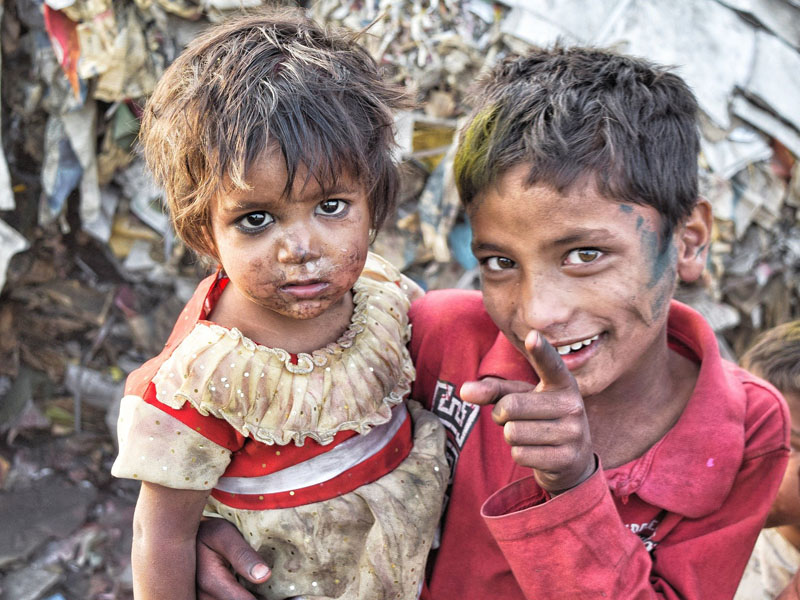As a part of our curriculum we read different types of migration like rural to rural migration, female migration, ruler to urban migration, distress migration and disaster based migration.
As per the Economic Survey of 2017, we have 139 million people in India as migrants. Infact, there is a record of 14 crore people migrating from rural to urban areas.
But these are just facts and numbers. What adds value to these data is the analysis of the root causes of migration and what is the right way to deal with it.
Indeed there are various causes that affect migration like education, job opportunities, female migration after marriage, natural disaster, distress migration etc. But the problem lies in the way migrants are perceived and treated in new places.
Migrants live in slums or ghettos in urban areas which lack basic amenities like food, safe drinking water, clean sanitation, claustrophobic and pale rooms and hostile environments. Along with fighting for basic needs, they immediately begin suffering from mental ailments too.
Then, on top of everything, they are left open for exploitation by the urban employers and sometimes even physical assault. Underlying reasons can be lack of understanding of the language, culture, and no association with social groups.
A wonderful initiative is shown by the Kerala Government to combat such a situation by the campaign called Changathi. In this project, they are teaching Malayalam language to the migrants and creating a safe environment for them to grow.
But there are also other problems based on migrants like they are seen as anti-social elements by the police and in fact, their slum areas are seen as crime infested areas. It is unjust for the law enforcement authorities to be prejudiced. They should take earnest steps to change their perception and evolve their strategies in dealing with migrants. They should be more humble towards migrants and stern towards the criminals who release fake messages on social media to trouble the migrants.
Lastly, it is the Government who can awaken their conscience towards the migrants. Government should create separate funds to deal with distress migration and start long term awareness programmes aiming to provide them literacy, jobs, and training.
This will rekindle the faith of migrants in the Government of India and they will feel more safe and secure inside the walls of their own home.
References:
https://pixabay.com/photos/india-slums-poor-brother-sister-2507482/
https://byjus.com/free-ias-prep/upsc-notes-pdf/
Stay with
Prerna 🙂


